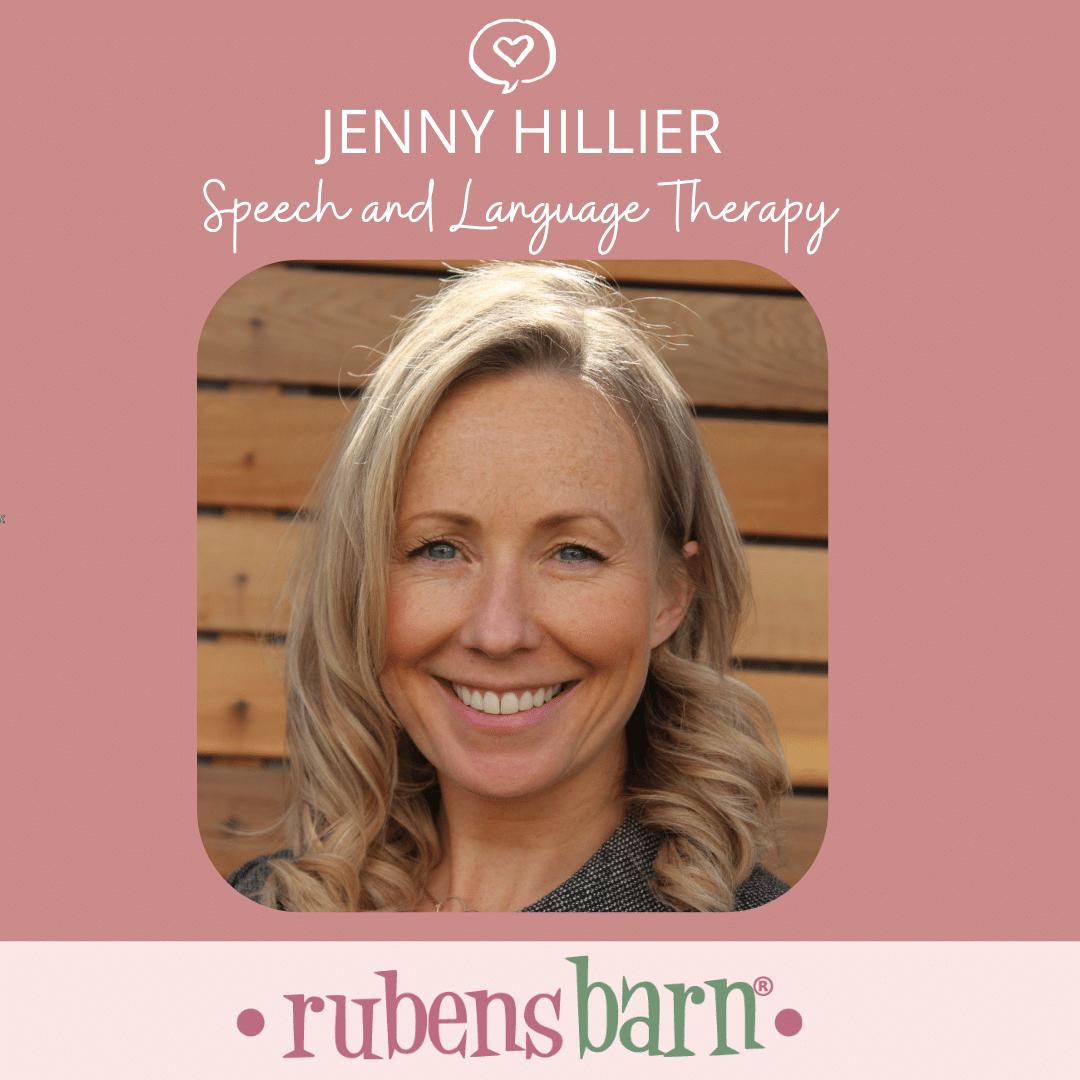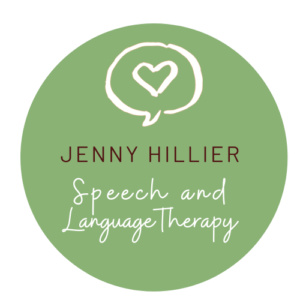Echolalia

Echolalia is the rote repetition of the speech of others. Verbal imitation, as it is referred to in young, typically developing children is considered normal up until about the age of 36 months. If it persists beyond this time, it is generally classified as echolalic speech which is often a communicative feature of Autism Spectrum Disorder (among other features).
There are many forms of echolalia however the most common are; immediate echolalia (utterances that are replicated immediately after they are heard) and delayed echolalia (utterances that are repeated after a time delay, often referred to as ‘scripting’). Delayed echolalia is often more difficult to detect as the listener may not have been present when the original message was uttered. Although many typically developing children predominantly learn language by employing a ‘gestalt style’ (literally translated as ‘whole’) at first, most children move to an ‘analytic style’ of language acquisition (breaking speech into its smallest parts). Research suggests that children with Autism use a gestalt style of language acquisition, that is, they memorise and produce large chunks of speech that correspond to adult language. For example; “Look at that” may be reproduced as “lookadat”.
Although this form of language acquisition does not always provide evidence of comprehension or communicative intent, it does serve a purpose. Echolalic utterances often allow a child with Autism to engage in two-way verbal exchanges, helping to develop turn-taking skills, even if it is adult-led. In fact, the presence of echolalia in children with Autism can be viewed as a positive occurrence in that it provides “raw material” for future language growth. Whether or not echolalia is viewed as a positive step in the language growth of a child with Autism, there is no escaping the fact that echolalic speech can interfere with spontaneous social interaction. The research suggests that echolalic responses are often used by children with Autism when an appropriate response is not available to them. (Schreibman & Carr 1978; 454)
So what can you do to help? Follow the steps below for a general approach to echolalia: · Respond to the child’s echolalic speech literally · If the child echoes the question ‘Do you want some juice?’ answer ‘No thank you’. · Immediately follow this with ‘You want to tell me something.’ · Then use a prompt (such as a picture or sign) to help the child say ‘I want juice’ · Alternatively you can provide them with a sentence starter ‘I want…..’ and point to the juice so they finish the sentence · You can also try saying ‘Do you want some juice? Yes or no’ · If the child echoes ‘no’ (the last word they heard) say ‘You said no. Okay, I will have some juice.’ · If the child looks like they did want some juice, you can say ‘I think you changed your mind, if you want some juice, say ‘yes’. · Prompt for a ‘yes’ response and reinforce it if provided.
Please see the online article: http://www.autism-help.org/communication-echolalia-autism.htm for further information and strategies for echolalic speech.

